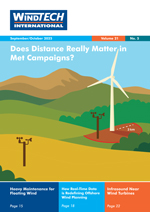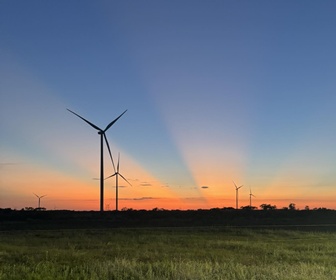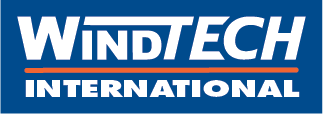- Category: Articles
 Understanding Best Practices for Data Standardisation
Understanding Best Practices for Data StandardisationENTR is an industry alliance set up to promote open-source standards within the wind sector. Among its participants are leading owner-operators, software vendors, a trade association, and a governmental organisation.
By Charles Henderson, CEO, Stacker Group, USA
- Category: Articles
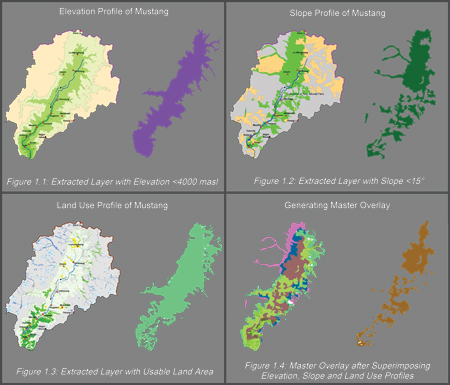 Preliminary Framework for Wind Farm Siting and Sizing
Preliminary Framework for Wind Farm Siting and SizingA high cost of licensed micro-siting software, a lack of reliable ground-based wind resource data and difficulty assessing geographically morphed areas of the country make it challenging for project developers in Nepal to perform preliminary siting and tangible evaluations of large-scale wind projects. Furthermore, areas with the most promising wind resource profiles in Nepal are usually located in rural and remote regions with poor accessibility and limited aggregated geographical data, and they are often isolated from electrical grid infrastructures. As such, identification of suitable locations for developing wind projects requires complex multi-criterion analysis, which in turn requires upfront investment. This article elaborates on a necessity-driven framework for wind farm siting and sizing that can process freely available project-specific parameters, geospatial data and factual information to identify project locations and produce quantitative figures for electricity generation.
By Ayush Acharya, WindPower Nepal, Nepal
- Category: Articles
Reducing the Maintenance Cost of Electrical Parts and Controls
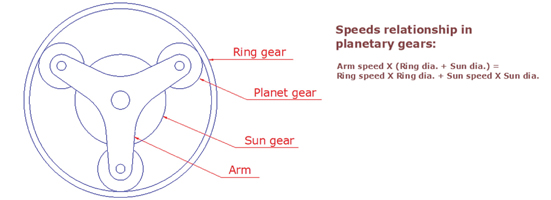 This article introduces, and shows by an example, the feasibility of a concept for a future wind turbine gearbox. The concept is based on the potential in the present wind turbine gearbox structure that is not utilised. The objective is to reduce the maintenance cost of the electrical parts and controls in a modern wind turbine.
This article introduces, and shows by an example, the feasibility of a concept for a future wind turbine gearbox. The concept is based on the potential in the present wind turbine gearbox structure that is not utilised. The objective is to reduce the maintenance cost of the electrical parts and controls in a modern wind turbine.By Ahmad Hemami, McGill University, Canada
- Category: Articles
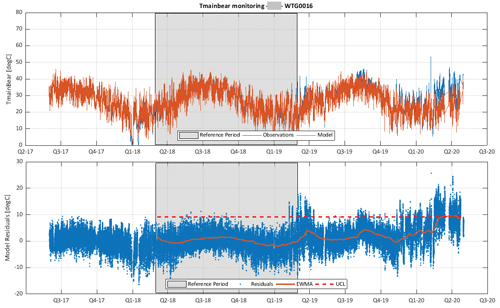 Towards a System of Record for Condition Monitoring and Advanced Analytics
Towards a System of Record for Condition Monitoring and Advanced AnalyticsIn the quest to further reduce the levelised cost of energy, condition monitoring (CM) and advanced analytics (AA) approaches play predominant roles. Differing in their requirements, costs and scope they are typically considered separately and not in combination. In best-case scenarios, analysts in each field work in silos rather than in collaboration. However, asset owners and operators have always been pushing towards a unified and integrated source of data to inform their O&M operations. Given the ever-decreasing cost of cloud-based storage and processing one could imagine that they may be getting closer to this. In the meantime, there are a few simple ideas worth exploring to get CM and AA analysts closer to achieving that goal.
By Dariush Faghani, Senior Engineer, Power Factors, USA
- Category: Articles
How Collection System Cabling Impacts the Finances of a Project
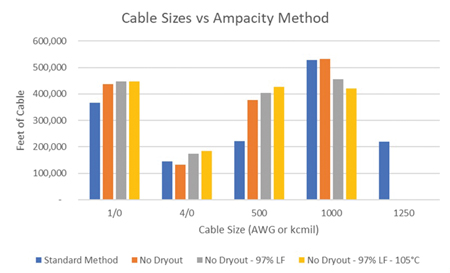 Medium-voltage collection system cable sizing has a large impact on the finances of any wind or solar project. The engineering decisions that go into sizing this cable directly impact the upfront capex of the project. Therefore, it is imperative that all wind and solar project stakeholders understand how cable sizes can impact the finances of a project and what tools may be available to influence that cost. Some cable sizing decisions will have a positive impact on the contractor or developer, and some may have a positive impact on the project owner. Understanding the impact of cable sizing on your organisation’s finances is important for you to be successful in your particular enterprise.
Medium-voltage collection system cable sizing has a large impact on the finances of any wind or solar project. The engineering decisions that go into sizing this cable directly impact the upfront capex of the project. Therefore, it is imperative that all wind and solar project stakeholders understand how cable sizes can impact the finances of a project and what tools may be available to influence that cost. Some cable sizing decisions will have a positive impact on the contractor or developer, and some may have a positive impact on the project owner. Understanding the impact of cable sizing on your organisation’s finances is important for you to be successful in your particular enterprise.By Lucas Cook, NEI Electric Power Engineering, USA
- Category: Articles
 What Goes In, Comes Out
What Goes In, Comes OutFor wind turbine blades, generally two main root connection types exist to connect the rotor blade to the hub of the turbine: the T-bolt connection or bushing technology. Where for small size rotor blades both connection types are frequently used, for the large multi-megawatt turbines the bushing connection technology is becoming very interesting because of the potential to have longer blades with smaller roots.
By Edo Kuipers, We4Ce, the Netherlands
- Category: Articles
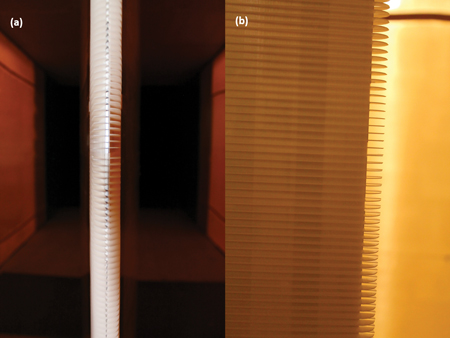 Adapting the Unique Features of the Owl Wing
Adapting the Unique Features of the Owl WingSome species of owls have long been investigated for their ability to fly silently. This led to the discovery of several wing attributes that differ from other birds of prey. Trailing edge serrations, a now common wind turbine noise reduction technology, are derived from one of these features – the fringe along the downstream edge of the owl’s wing. A group of researchers from Virginia Tech, Lehigh University, Florida Atlantic University and the University of Cambridge have developed a novel noise reduction technology for airfoils based on another feature – the soft downy coating on the bird’s feathers. Results indicate that this new technology can reduce airfoil noise by up to 10 decibels. Additionally, this concept can be deployed in combination with serrations to further reduce the noise produced by wind turbines.
By W. Nathan Alexander, Assistant Professor, Virginia Tech, USA
Use of cookies
Windtech International wants to make your visit to our website as pleasant as possible. That is why we place cookies on your computer that remember your preferences. With anonymous information about your site use you also help us to improve the website. Of course we will ask for your permission first. Click Accept to use all functions of the Windtech International website.



